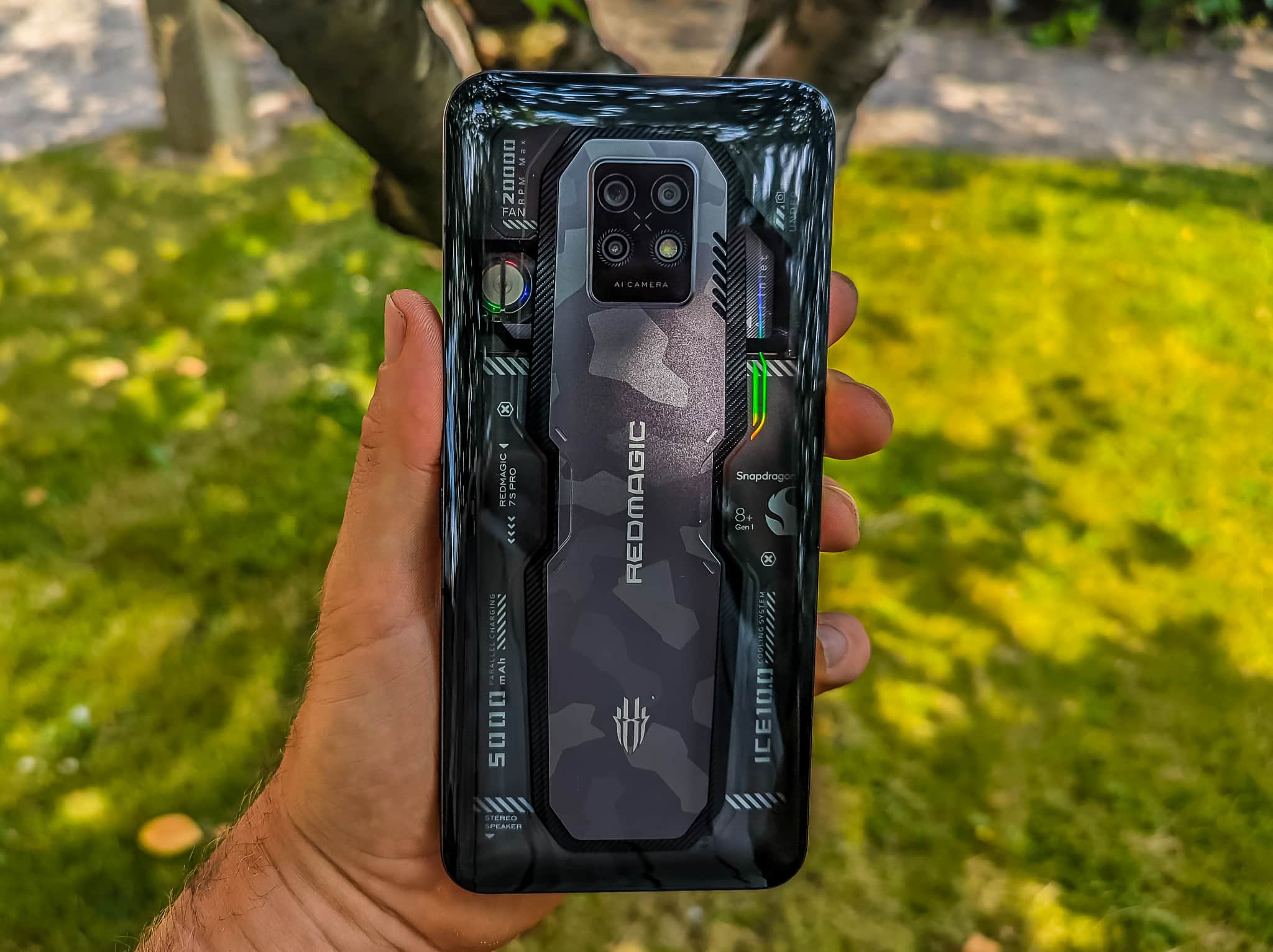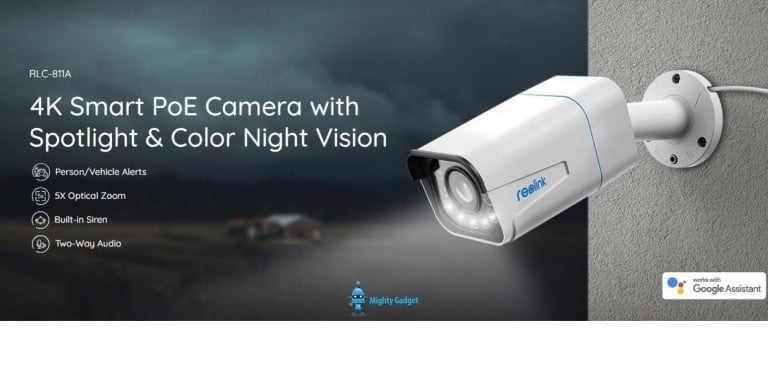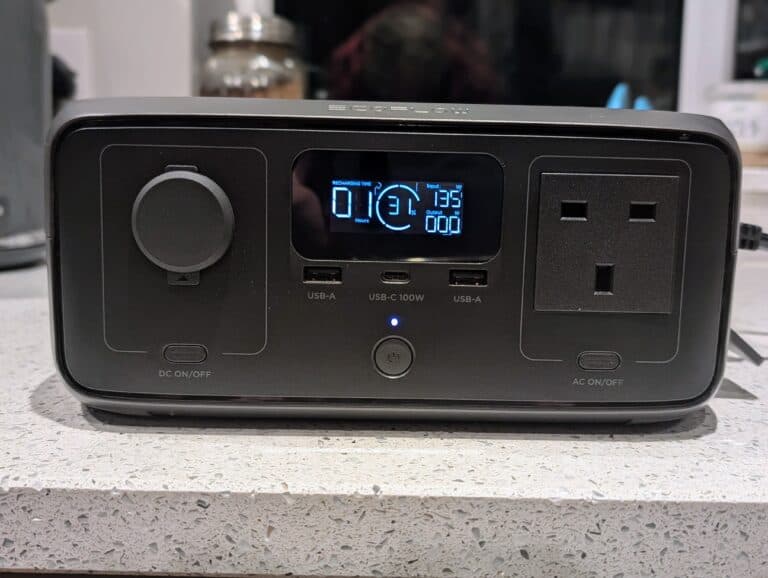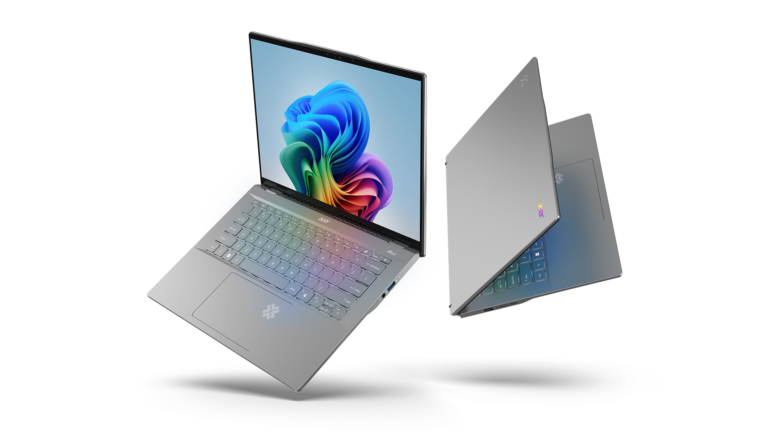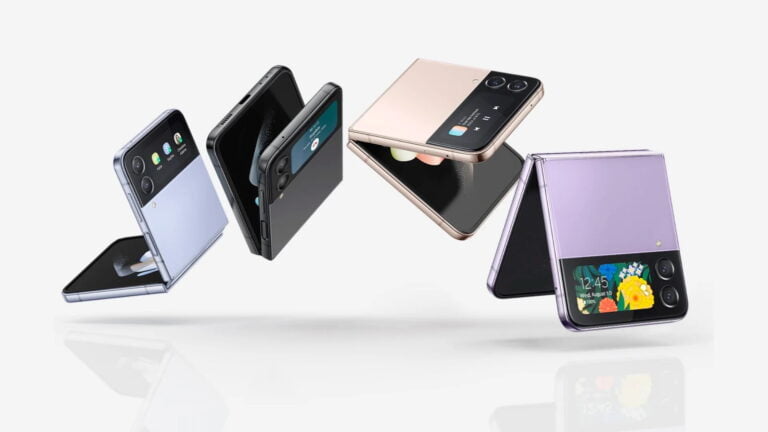Any links to online stores should be assumed to be affiliates. The company or PR agency provides all or most review samples. They have no control over my content, and I provide my honest opinion.
The Red Magic 7S Pro is a refresh of the Red Magic 7 Pro I reviewed earlier this year. The main difference is that the phone is now equipped with the new Snapdragon 8+ Gen 1.
Therefore, this review won’t go into quite as much detail for each section, the most important thing is how it performs, and I have covered this in more detail in my Red Magic 7S Pro benchmarks post.
Red Magic 7S Pro vs Red Magic 7 Pro Specification
| Spec | REDMAGIC 7S Pro | REDMAGIC 7 Pro |
|---|---|---|
| Chip | Qualcomm Snapdragon 8+ Gen 1 | Snapdragon 8 Gen 1 |
| Screen | AMOLED, 1B colours, 120Hz, 600 nits 6.8 inches, 111.6 cm2 (~87.1% screen-to-body ratio) 2400x1080 960Hz Multi-Finger Touch Sampling Rate Multi-Drive ACE Circuit Gorilla Glass 5 | AMOLED, 1B colours, 120Hz, 600 nits 6.8 inches, 111.6 cm2 (~87.1% screen-to-body ratio) 2400x1080 960Hz Multi-Finger Touch Sampling Rate Multi-Drive ACE Circuit Gorilla Glass 5 |
| Battery & Charging | 65W Fast Charger in the box 5000mAh, 11A dual battery cells in series | 65W Fast Charger in the box 5000mAh, 11A dual battery cells in series |
| Triggers | 520 Hz Dual Shoulder Triggers Powerful custom functionality for console like gaming | Touchpad Dual shoulder trigger (500Hz) |
| Design | Obsidian / Supernova / Mercury (New design) | Supernova (Transparent version) | Obsidian (Black version) |
| Turbofan | High-Speed Fan 20K RPM/min with Fluorescent Fan (Transparent: RGB LED lighting) | High-Speed Fan 20K RPM/min with Fluorescent Fan (Transparent: RGB LED lighting) |
| Cooling | ICE 10.0 Multi-Dimensional Cooling System New Material + 20,000rpm High-speed Turbofan | ICE 9.0 Multi-Dimensional Cooling System VC cooling + Graphite + Thermal Gel + Copper Foil + Cooling Aluminum + Cooling Air Duct + High-Performance Composite Phase Change Materials (PCM) |
| Storage | 12+256GB Obsidian 18+512GB Supernova and Mercury | 12+128GB/ 16-256GB/18-256GB with 6GB expandable virtual RAM |
| Camera | Rear: 64M+2M+8M Front: Under display 16 MP | Rear: 64M+2M+8M Front: Under display 16 MP |
| Game Space | REDMAGIC OS 5.0 | REDMAGIC OS 5.0 |
| Connectivity | Bluetooth 5.2, Wi-Fi 802.11b/g/n/ac/ax 2*2mimo, WIFI6E, Type C, 3.5mm audio interface, NFC (excluding ese), 7th Gen Fingerprint sensor, Increased Heart Rate Detection Function | Bluetooth 5.2, Wi-Fi 802.11b/g/n/ac/ax 2*2mimo, WIFI6E, Type C, 3.5mm audio interface, NFC (excluding ese), 7th Gen Fingerprint sensor, Increased Heart Rate Detection Function |
| Audio | Dual smart PA, dual speakers, 3 mics, DTS sound, 3.5 mm headphone jack | Dual smart PA, dual speakers, 3 mics, DTS sound, 3.5 mm headphone jack |
| Material | Aviation Aluminium Middle Frame + Glass Back Cover | Aviation Aluminium Middle Frame + Glass Back Cover |
| Lighting Effect | REDMAGIC Logo Light, RGB Breathing Light(Obsidian & Pulsar version), Colorful Fluorescent Fan RGB (Supernova version) | REDMAGIC Logo Light, RGB Breathing Light(Obsidian & Pulsar version), Colorful Fluorescent Fan RGB (Supernova version) |
| Size | 166.27mm x 77.1mm x 9.98mm | 166.3 x 77.1 x 10 mm |
| Weight | 235 g | 235 g |
There are a handful of small differences other than the chipset. I doubt they have much effect on day-to-day performance.
The previous Pro model came in Obsidian black, which I reviewed, which had 16GB of RAM and 256GB of storage. Then the Supernova model was 16GB and 512GB.
You now have a Mercury and Supernova model, both have the same spec, and these are now upgraded with more memory with 18GB of RAM and 512GB of storage.
Red Magic also claim this has upgraded cooling, I am sceptical about how much has changed here.
Then the shoulder triggers have been upgraded to 520Hz sampling, which is a 4% improvement.
Design and Display
The overall shape and basic design are identical to the Red Magic 7 Pro I previously reviewed. This time I was sent the Supernova model, which is far more visually impressive than the Obsidian.
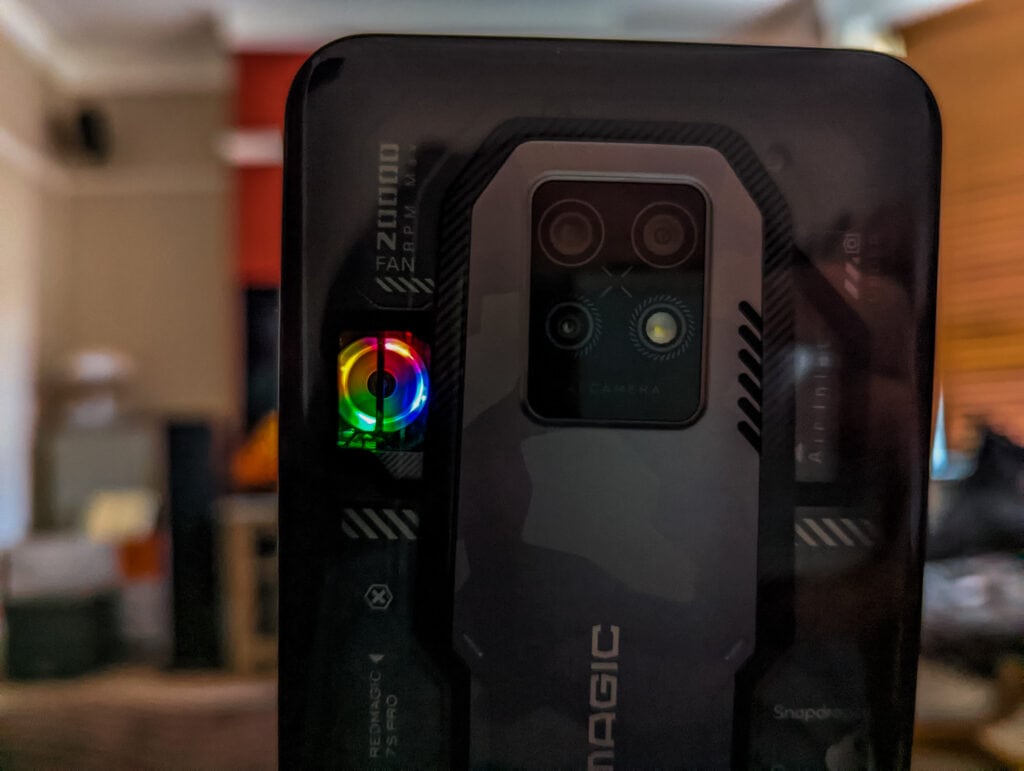
Red Magic has been doing transparent cases with LED lighting long before the Nothing phone (1), and I love the overall design of this phone.
I am not normally into the gamer aesthetic, but I think it works here, it is not too gaudy. The fan is RGB, and this then vents air out to the right of the phone (as you look at it), and the RGB is visible through the fan holes.
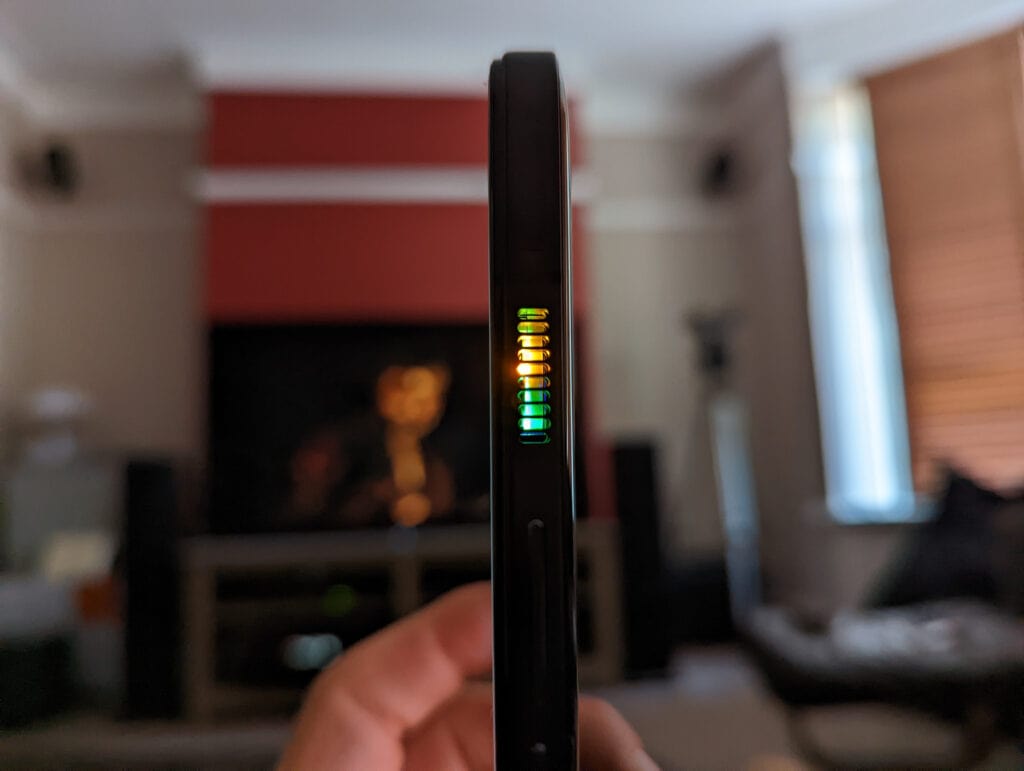
The display is identical to the Red Magic 7 Pro, using a 6.8-inch panel running at 1080 x 2400 capable of 120hz refresh rate (vs 165Hz of the Red Magic 7). With the Pro models, the front-facing camera is located under the display. This gives you a beautiful uninterrupted screen which is ideal for gaming.
The fingerprint scanner is also under the display, and I found it to be both accurate and fast to unlock.
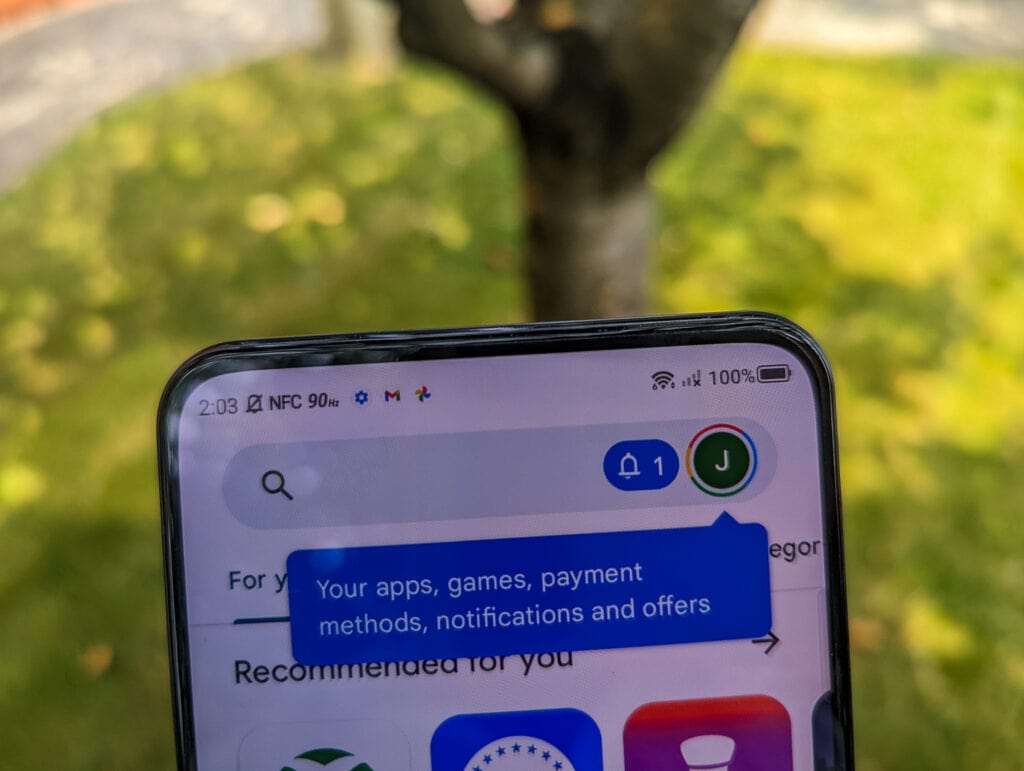
Camera
The camera specification is identical between this phone and the Red Magic 7 Pro, and the rear camera specification hasn’t changed since last year’s Red Magic series. Therefore, I won’t go into detail about the overall performance.
This phone isn’t designed to be a premium camera phone, but it does have perfectly adequate performance. In good conditions, the 64MP camera can produce some excellent shots. Like most non-premium phones, the 8MP ultra-wide camera is lacklustre at best.







Performance, Benchmarks and Thermal Throttling
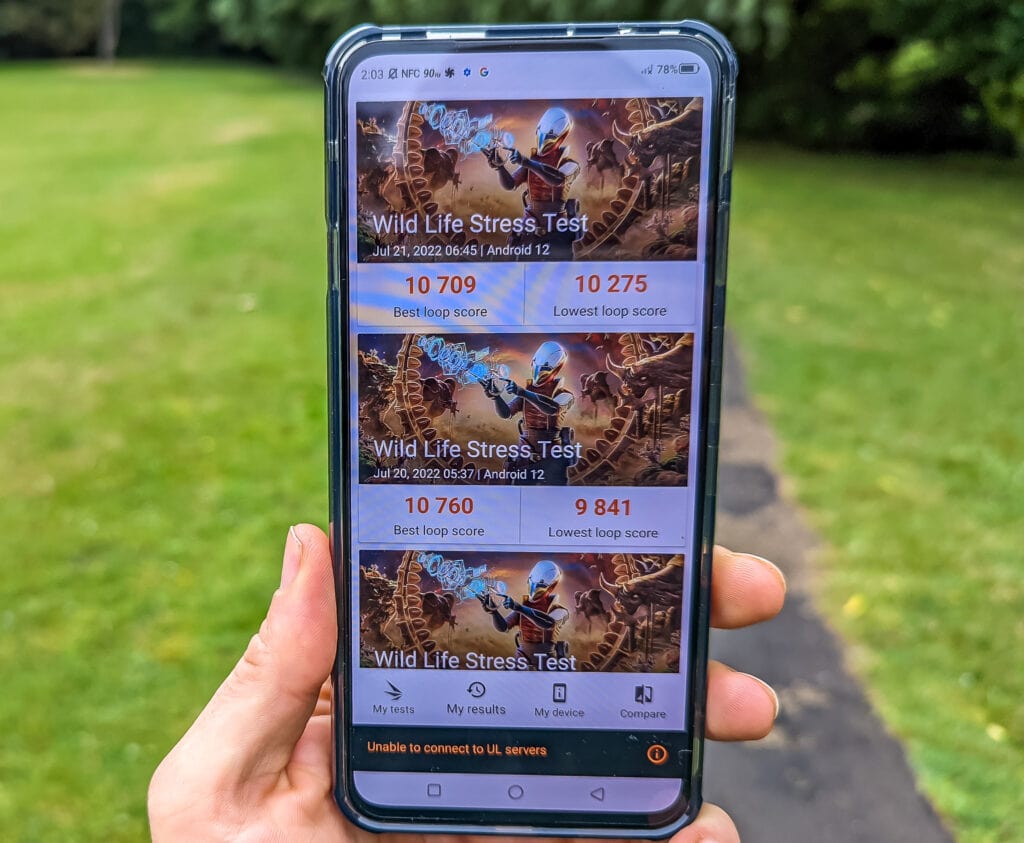
I have done a more detailed post on the Red Magic 7S Pro benchmarks and how the Qualcomm Snapdragon 8+ Gen 1 has improved performance.
In that post, I found that the new chipset achieved a moderate improvement in performance. Not quite the 10% Qualcomm advertise, but over 6% for 3DMark gaming benchmarks.
I have not experienced much thermal throttling on any of the Red Magic phones, whereas most other brands have a significant issue when using any flagship Qualcomm chipset, starting from the Snapdragon 888 up to the Snapdragon 8 Gen 1.
Red Magic allow the phones to run hotter, and they have active cooling, which allows prolonged sustained performance. The downside to this is poor battery life.
With the Red Magic 7S Pro and the Qualcomm Snapdragon 8+ Gen 1, there is a significant change. The phone will still run hot, but battery use has significantly decreased. For the 3DMark stress test, I roughly calculated that the Red Magic 7S Pro used about 900mAh, whereas the Red Magic 7 Pro used 72% more at 1550mAh.
Battery
In previous Red Magic reviews, I have struggled to get the PC Mark battery test to complete properly due to the warning that pops up at 20%. I managed to stop this by disabling some of the battery-saving features.
The Red Magic 7S Pro achieved a moderately impressive 10 hours 9 minutes. This is roughly 2 hours 30 minutes longer than the Red Magic 7 Pro with the same sized battery. It is a little bit behind the Honor Magic4 Pro and the OPPO Find X5 Pro, but both of these devices are more conservative with their performance.
Day-to-day performance is good, I can easily get through a full day with moderate use and a small amount of gaming.
The global variant retains the 65W charging, while this is very fast, I still feel a bit disappointed that it is not the 135W charging the Chinese variant has.
Gaming
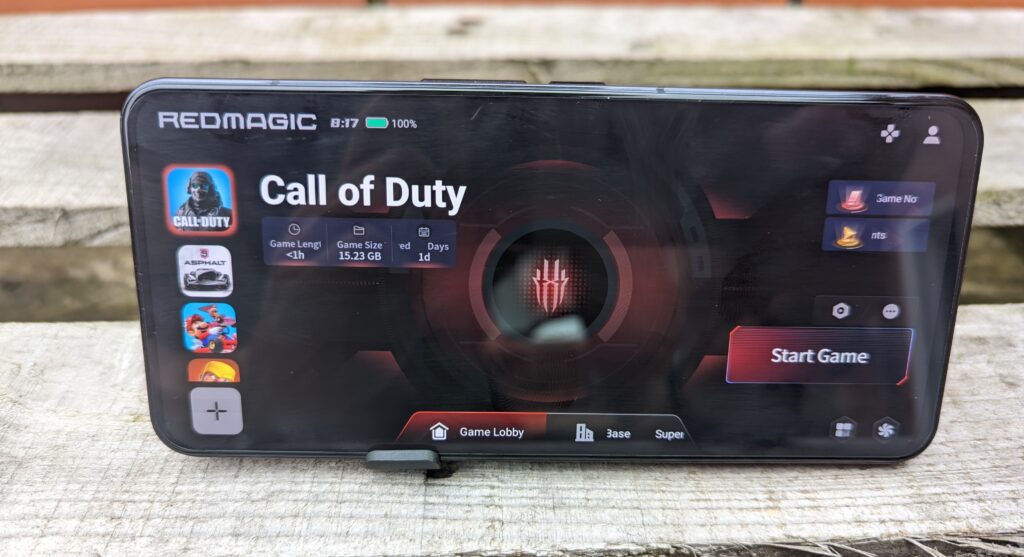
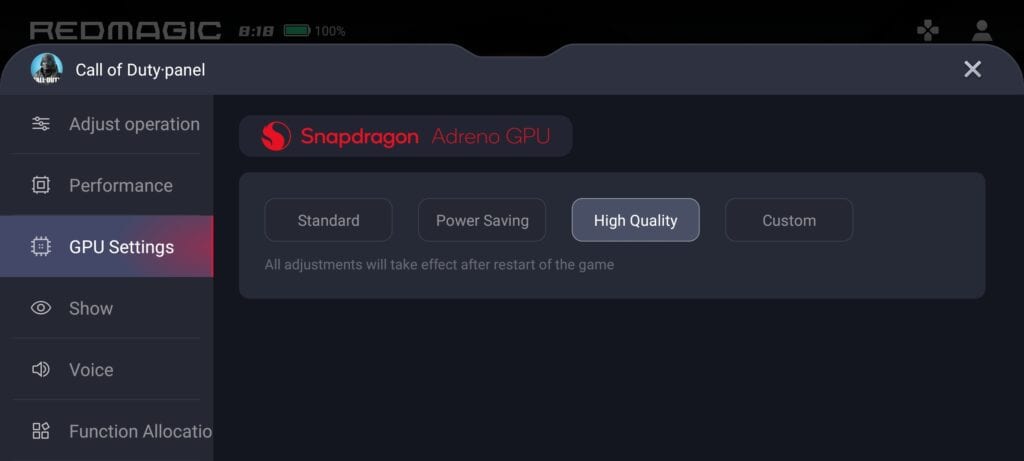
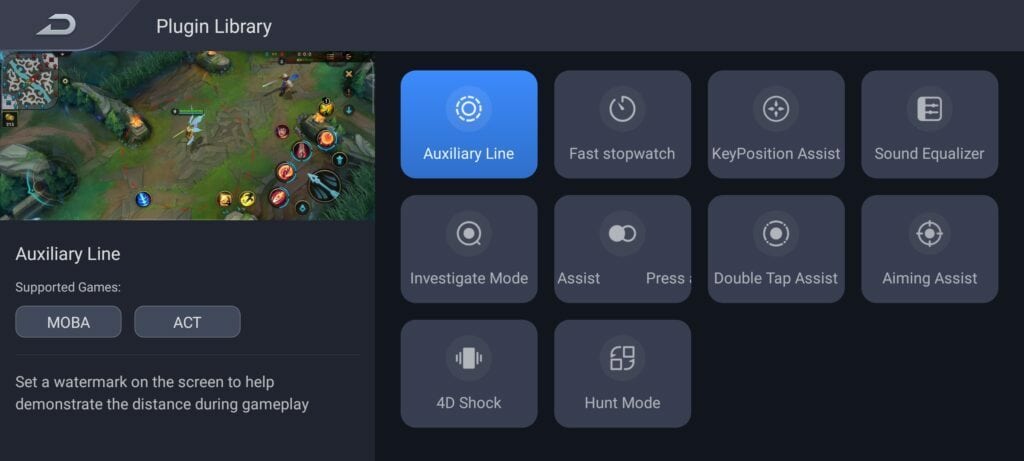
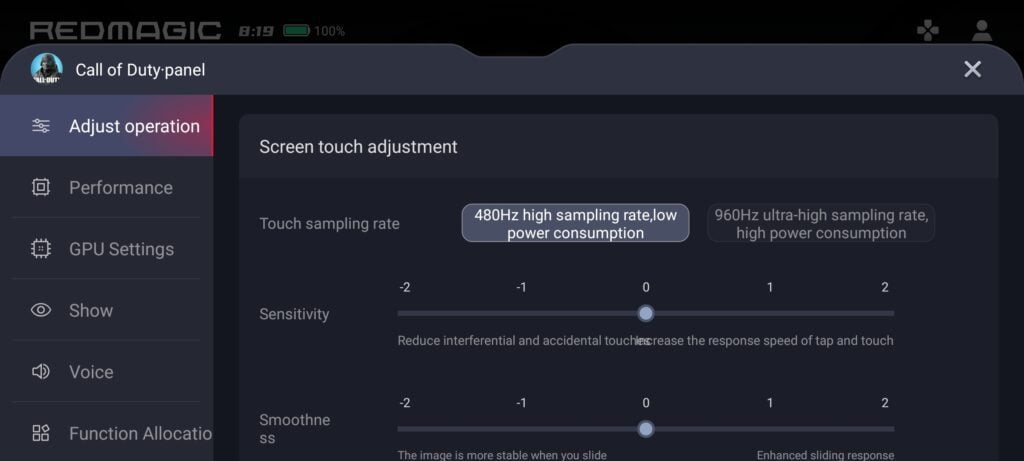
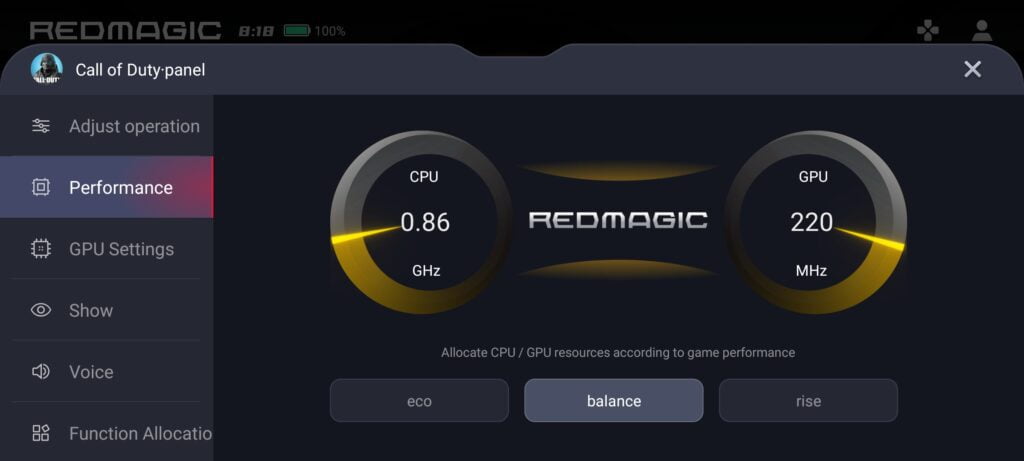
The overall gaming experience is essentially the same as the previous review. The physical toggle on the left-hand side of the phone loads up the game lobby, and from here, you various settings to improve your gaming experience. Most of these lean towards stopping unwanted interruptions and actions. It can automatically block calls, avoid switching WiFi networks and stop false touches and full-screen gestures.
As always, I love the shoulder triggers. For any sort of action game (mostly COD for me) it helps keep my fingers off the screen and improves reaction times.
I also think gaming benefits greatly from the under-display camera. There is no ugly punch hole getting in the way of the UI. I know some people may prefer the 165Hz that the none pro model has, but I am more than happy with 120Hz.
I mostly game on my couch in close proximity to a charger, and I will normally only play a game for 30 minutes at a time. Therefore it is hard to say objectively how much better the battery was during gaming, but it did seem like I was reaching for the charger less.
Software
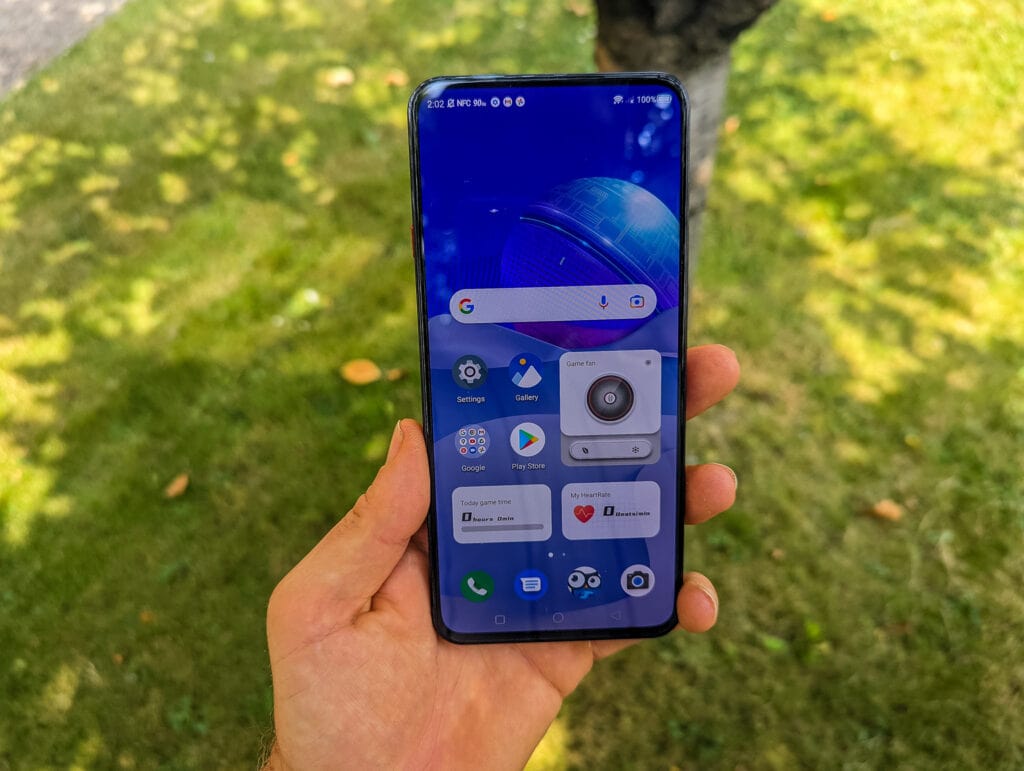
The software experience seems to be identical to the other Red Magic phones. A lot of people are not fond of it but, personally, I don’t mind it. There is no noteworthy bloatware, and I have not experienced any significant glitches.
I did notice one spelling mistake under the network settings when in the gaming mode. While this has no effect on the performance of the phone, it does show that the Red Magic OS isn’t quite as refined as other brands.


Price and Alternative Options
At the time of writing, I have not been told the official price of the Red Magic 7S Pro, but I will update the review as soon as that has been announced.
The Red Magic 7 Pro launched for £729 with 16GB of RAM and 256G storage. The only available option at the moment is the 16GB+512GB Supernova variant which is £759 RRP but currently £739.
Last year the Red Magic 6 Pro (16GB RAM, 256GB storage) launched for £599/US$699/€699, but the Red Magic 6S Pro launched at a lower price of £519/€599/US$599 for 12GB RAM and 128GB of storage. The high-end transparent model mentioned earlier will set you back £629/€729/US$729.
If the Red Magic 7S Pro launches for a similar price to the Red Magic 7 Pro, it is an excellent buy.
The Asus ROG Phone 6 Pro launched for £1,099.99, while the Asus ROG Phone 6 has launched for £899.99. The Pro model is obviously significantly more expensive, but the Asus ROG Phone 6 is tempting with a superior camera and larger battery. Whether that’s worth £100+ extra will be subjective.
Overall
The Red Magic 7S Pro has had a significant performance upgrade thanks to the new efficient Qualcomm Snapdragon 8+ Gen 1 chipset.
It is unlikely you will notice any real-world difference in gaming performance, but you should be able to game for much longer while on battery, which is going to be a big selling point for any keen mobile gamers.
Beyond the chipset change and tweaked memory and storage combinations, there is nothing significantly different about this compared to the older Red Magic 7 Pro.
Red Magic 7S Pro Review Rating
Summary
The Red Magic 7S Pro has had a significant performance upgrade thanks to the new efficient Qualcomm Snapdragon 8+ Gen 1 chipset. While not much else has changed, you should be able to game for much longer without needing to charge your phone
Overall
85%-
Overall - 85%85%
Pros
- Qualcomm Snapdragon 8+ Gen 1 chipset is significantly better than the Qualcomm Snapdragon 8 Gen 1
Cons
- Almost identical to the Red Magic 7 Pro
I am James, a UK-based tech enthusiast and the Editor and Owner of Mighty Gadget, which I’ve proudly run since 2007. Passionate about all things technology, my expertise spans from computers and networking to mobile, wearables, and smart home devices.
As a fitness fanatic who loves running and cycling, I also have a keen interest in fitness-related technology, and I take every opportunity to cover this niche on my blog. My diverse interests allow me to bring a unique perspective to tech blogging, merging lifestyle, fitness, and the latest tech trends.
In my academic pursuits, I earned a BSc in Information Systems Design from UCLAN, before advancing my learning with a Master’s Degree in Computing. This advanced study also included Cisco CCNA accreditation, further demonstrating my commitment to understanding and staying ahead of the technology curve.
I’m proud to share that Vuelio has consistently ranked Mighty Gadget as one of the top technology blogs in the UK. With my dedication to technology and drive to share my insights, I aim to continue providing my readers with engaging and informative content.

